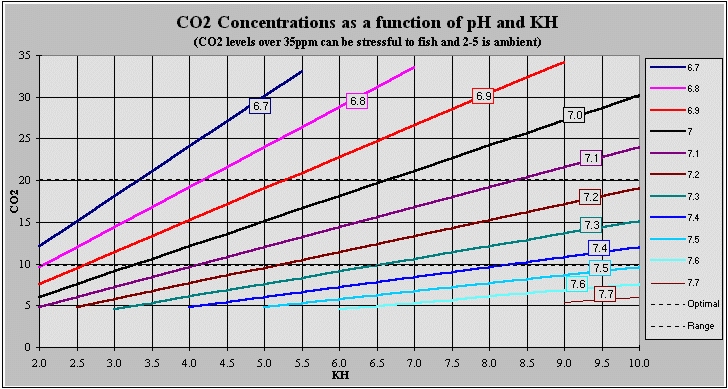davidjp1982
Donating Member
- Messages
- 244
- Location
- UK
Just looking for some advice regarding co2 diffuser options. I've been looking recently at the benefits of co2 in the planted aquarium and I can see I already have most of what I need to give it a go namely yeast, sugar, baking powder, bottles and standard airline tubing. I have a standard airstone would this be ok for a 15 gallon set up using a 2 litre bottle diy setup? Can I just use the airline direct without a stone? Do I need a second bottle setup to avoid any crud entering the tank? I see on the nutrafin diy kit you can buy they don't use a second bottle at all it just goes straight to their ladder diffuser system. Really appreciate any tips as it seems I am ready to set this up tonight if I have everything I need. Thanks 




